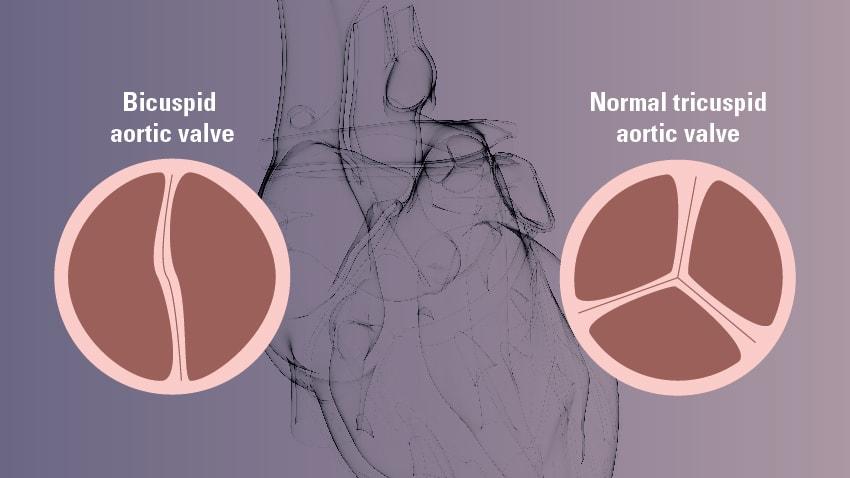The most common causes of aortic insufficiency are acute joint rheumatism and bicuspid (congenital two-leaflet) aortic valve. In rheumatoid arthritis, the aortic valve thickens and causes traction on the valve. Bicuspid aortic valve causes stenosis in the valve leaflets between the ages of 25-45, causing heart enlargement and heart failure. In both cases, the structure of the heart valve leaflets is deformed or calcified, preventing the heart from pumping, and if surgery is not performed in time, it can cause heart attack and death.

Aortic insufficiency can also occur after trauma. In cases of trauma such as a traffic accident, fall, or injury to the chest area, rupture of a leaflet may cause insufficiency in the aortic valve. Apart from trauma, infection, congenital causes and rheumatic fever, other conditions that cause aortic insufficiency are as follows:
- Myxomatous degeneration,
- Rheumatoid Arthritis,
- Systemic lupus erythromatosis
- Marfan Syndrome,
- Systemic diseases such as Reiter's Syndrome and Takayushu's Disease
Although methods such as drug therapy are used in the initial stages for the treatment of aortic insufficiency, heart valve repair or replacement is required in cases where the insufficiency is advanced.

